What are the hottest road bike trends of 2022/2023? Why is it not just the tire, but the tire and rim combination that matters? And why isn’t the most powerful brake necessarily the best? After testing 7 all-road bikes, we’ve gathered the 5 most important insights and distilled them for you here.
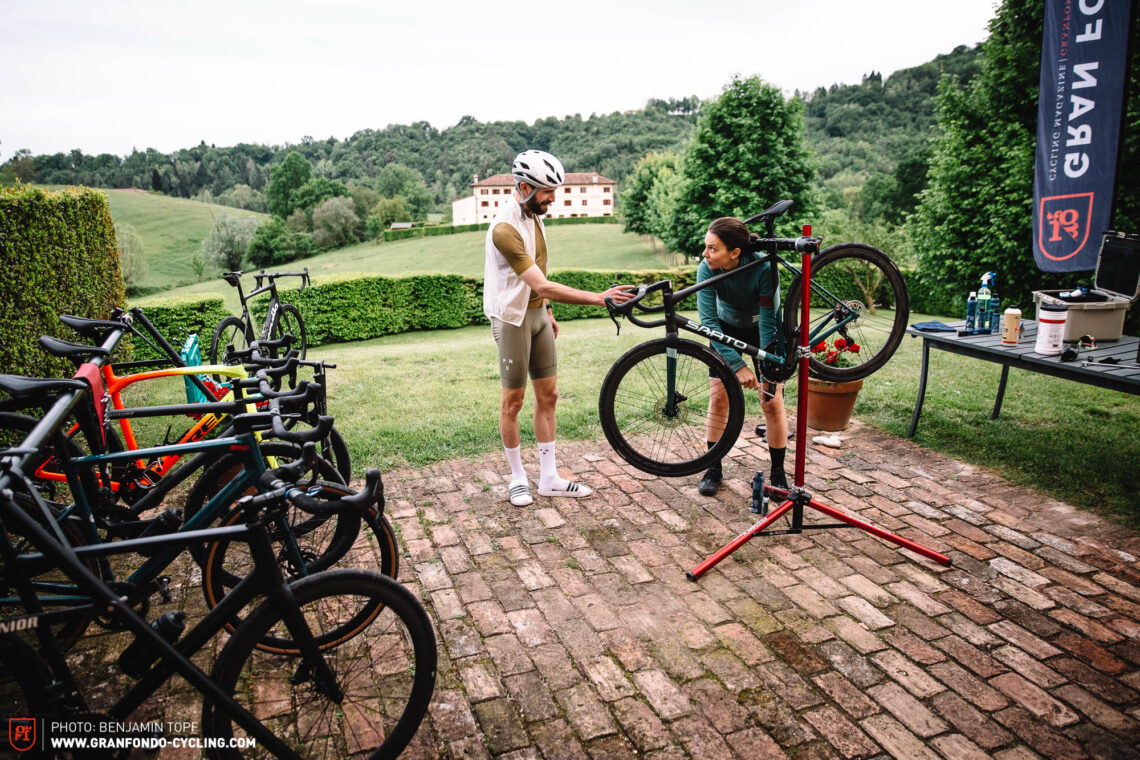
Scenic streets, the finest cuisine and predominantly good weather – the Prosecco Hills of Susegana are the secret winner of our group test. However, it’s not all dolce vita. The poorly maintained asphalt, sections of gravel and mountainous topography demand a lot of man and machine. After countless kilometres of testing, physical and mental exhaustion, we take stock and tell you what counts on modern all-road bikes. Here are the findings of our group test.

A lid for every pot – About tires and rims
There’s a lid for every pot – this doesn’t just apply to finding the right partner but also to the rim and tire combination. But why is this combination so important? Quite simply because it has a considerable influence on the bike’s handling through the corners. If you’re running wide tires on skinny rims with a narrow internal rim width, they tend to squirm when cornering. As a rule of thumb, therefore, the tire should form more of a U on the rim than balloon-shaped O when inflated. That way the tire has more lateral support and consequently also handles better through the corners. This doesn’t just apply to all-road bikes but also to road and gravel bikes, though we had a harder time finding the perfect pair on all-road bikes. The reason for this is that all-road bikes tend to rely on wider tires, but many manufacturers have been slow to catch up and don’t offer rims with an adequately wide internal width. As such, we recommend paying special attention to the internal rim width when buying an all-road bike. You shouldn’t consider anything under 21 mm, whereas going wider isn’t a problem, depending on the tire width. You should also pay attention to the maximum tire clearance of your frame set and keep in mind that tires tend to inflate wider than indicated when fitted to wide rims. We won’t go too in-depth about tubeless here. All we’ll say is that it’s proven itself on modern all-road bikes and it’s something you should look for when buying tires and wheels.
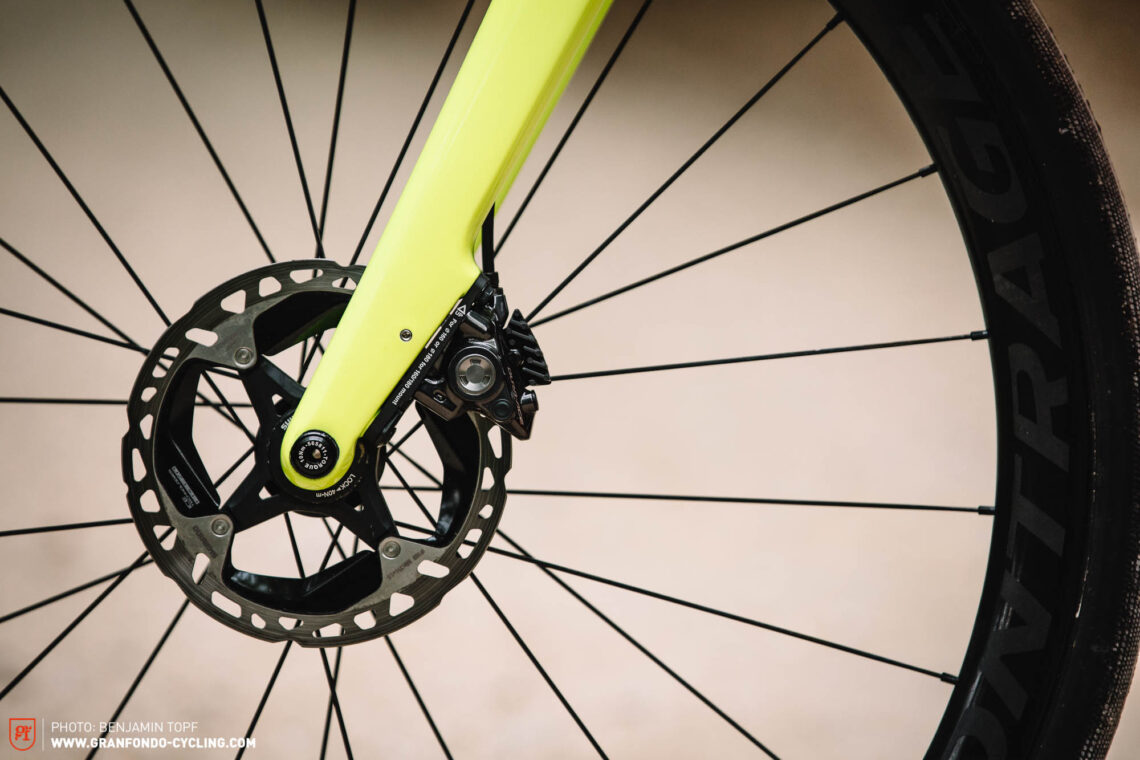
Braking power isn’t everything
Don’t get us wrong, the latest Shimano Dura-Ace BR-R9270 brakes are outstanding. They provide superior stopping power and perform well in terms of reliability and modulation. However, they’re very sensitive, capable of generating a lot of braking power with minimal force on the levers. Professionals and experienced riders will love them, though beginners or anyone who prefers a more leisurely riding style can be caught off guard by their sheer power. We’re not saying that the Shimano ULTEGRA BR-R8170, which are rather linear in the way they engage, are the better all-road brakes. However, you should think very carefully about your intended use, your skill level and riding style, and be aware of the absolute race performance of the Shimano Dura-Ace BR-R9270 brakes. Braking power isn’t everything if it means you’ll fly over the handlebar.
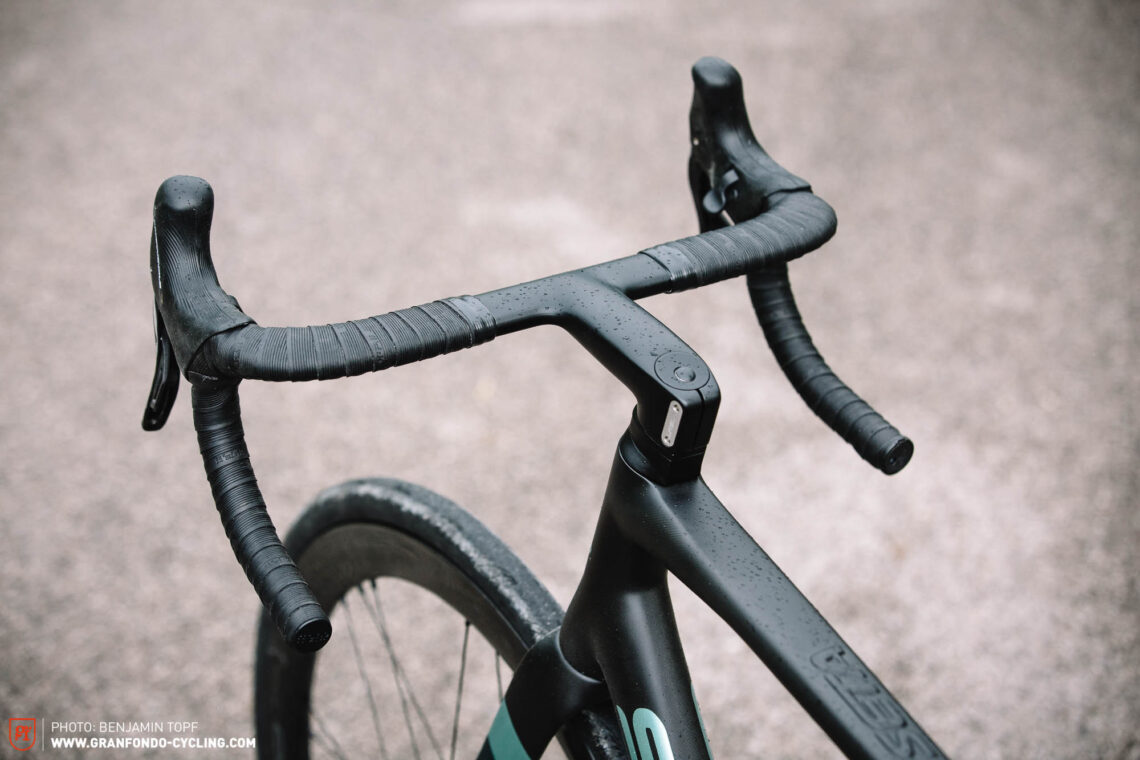
The components make the bike
You can build a bad bike using good components, but you can’t build a good bike from bad components. And when we say bad, the wheels, tires, and handlebar etc. don’t have to be bad per se. By bad we also mean that they’re not appropriate for the intended use case. What’s good for a high-performance road bike isn’t necessarily good for an all-road bike. The perfect example of this is the Specialized Aethos. Last year, it won the road bike group test with a one-piece carbon cockpit and high-volume tubeless tires, whereas it landed mid-field in this year’s group test with its lower end aluminium cockpit and skinny non-tubeless tires – although the frame set is capable of much more. It’s only logical: the perfect bike must be perfectly adapted to its intended use. As already mentioned, the wheel and tire combination plays a vital role here, as does the drivetrain, its gear range, the seat post and cockpit, all of which should contribute to the bike’s overall comfort. And while we’re on the subject of comfort…
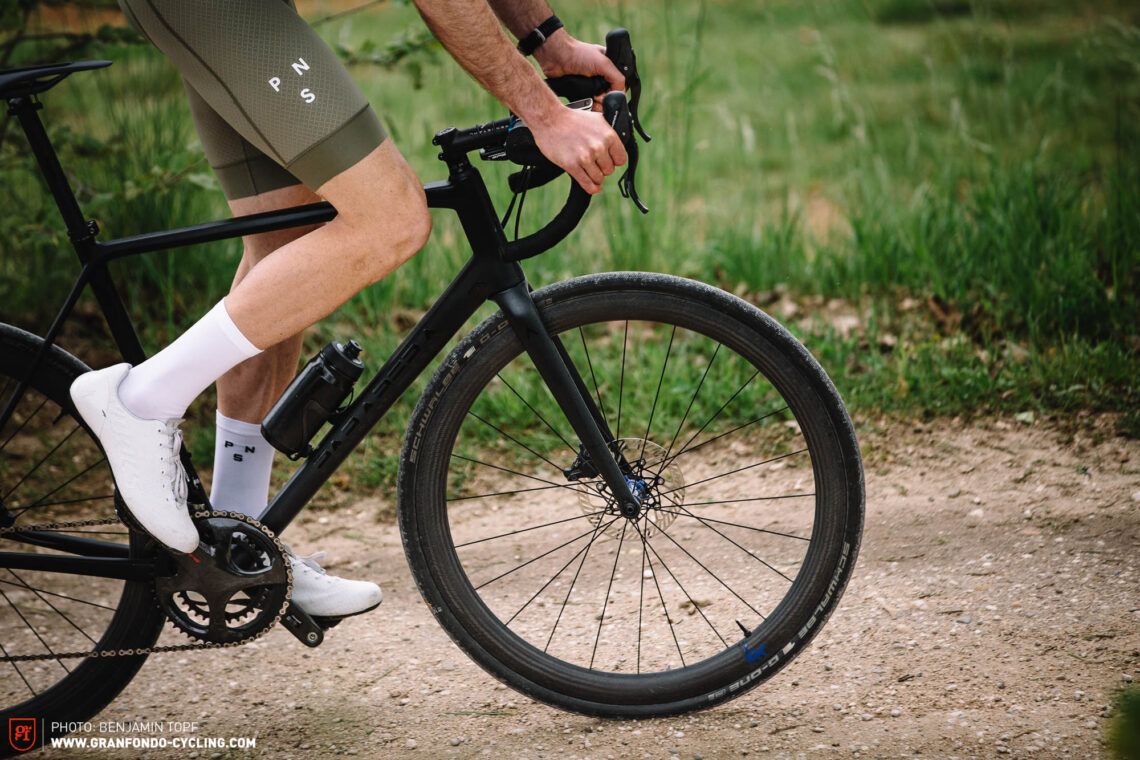
Comfort is king
It is not uncommon for all-road bikes to be used for ridiculously long rides. And if you want to ride for a long time without suffering unnecessarily, comfort is king. But there’s no general solution to comfort that applies equally to all bikes, and more isn’t always better. What matters is the sum of the individual components on the bike, which must be carefully coordinated with each other and the rider. With too much compliance, a bike can quickly feel noodly and inefficient. If a frame has a lot of flex, it makes sense to spec a stiffer cockpit and seat post to compensate for this and strike a good balance. It’s the other way around if the frame is overly stiff, making up for it with a more compliant handlebar and seat post. A lot of tire clearance can also give you more room to play with this. The rider is another factor to consider in terms of comfort. For example, two riders of the same size but different weight will ride the same frame size and have the same extension on the seat post, barring personal preferences. With the heavier rider, however, the seat post will flex more than with the lighter rider. If the overall comfort is just right for the heavier rider, the bike will likely be too stiff for the lighter rider. Conversely, if the bike is perfect for the lighter rider in this condition, the heavier rider will probably find it too flexy. In each case, this can be remedied by swapping the seat post for a stiffer or more compliant model, adjusting the tire pressure or swapping the tires, or going for a different frame size with more or less extension of the saddle. You see, the topic of comfort is complex and very case dependent – you’ve simply got to see what works for you!
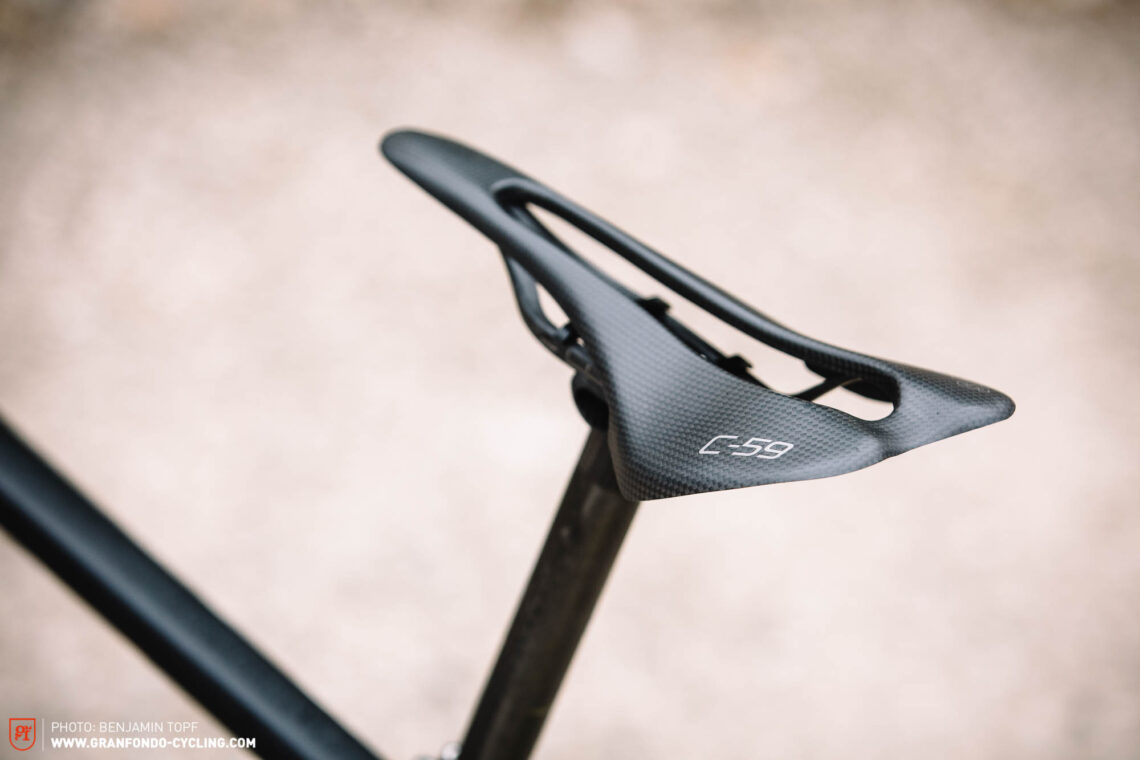
Goodbye, weight savings
Saving weight can make a lot of sense in certain situations, but they’re usually very limited scenarios, most of which revolve around steep climbs. In all other scenarios, which are usually much more common, the weight alone plays a subordinate role. In this case, it’s a combination of factors that really count, the most important of which are aerodynamics, comfort, weight, stiffness in the right places, durability and practicality. That said, a very light bike could also perform well in all the areas mentioned above. However, you’ll usually find that there’s a negative correlation here. A bike that’s designed to be as light as possible is unlikely to have storage space in the down tube, be compatible with mudguards and have luggage mounting points. Moreover, very light bikes often come with weight restrictions, or they flex too much under heavier riders due to the use of super thin-walled tubes. More often than not, weight savings also come at the cost of integration. This, in turn, comes at the cost of aerodynamics. Ultimately, the advantages of extreme weight savings don’t outweigh the associated disadvantages on all-road, mixed-terrain bikes. As such, it’s time we pay less attention to weight savings!
Did you enjoy this article? If so, we would be stoked if you decide to support us with a monthly contribution. By becoming a supporter of GRAN FONDO, you will help secure a sustainable future for high-quality cycling journalism. Click here to learn more.
Words: Tobias Hörsch, Benjamin Topf Photos: Benjamin Topf







